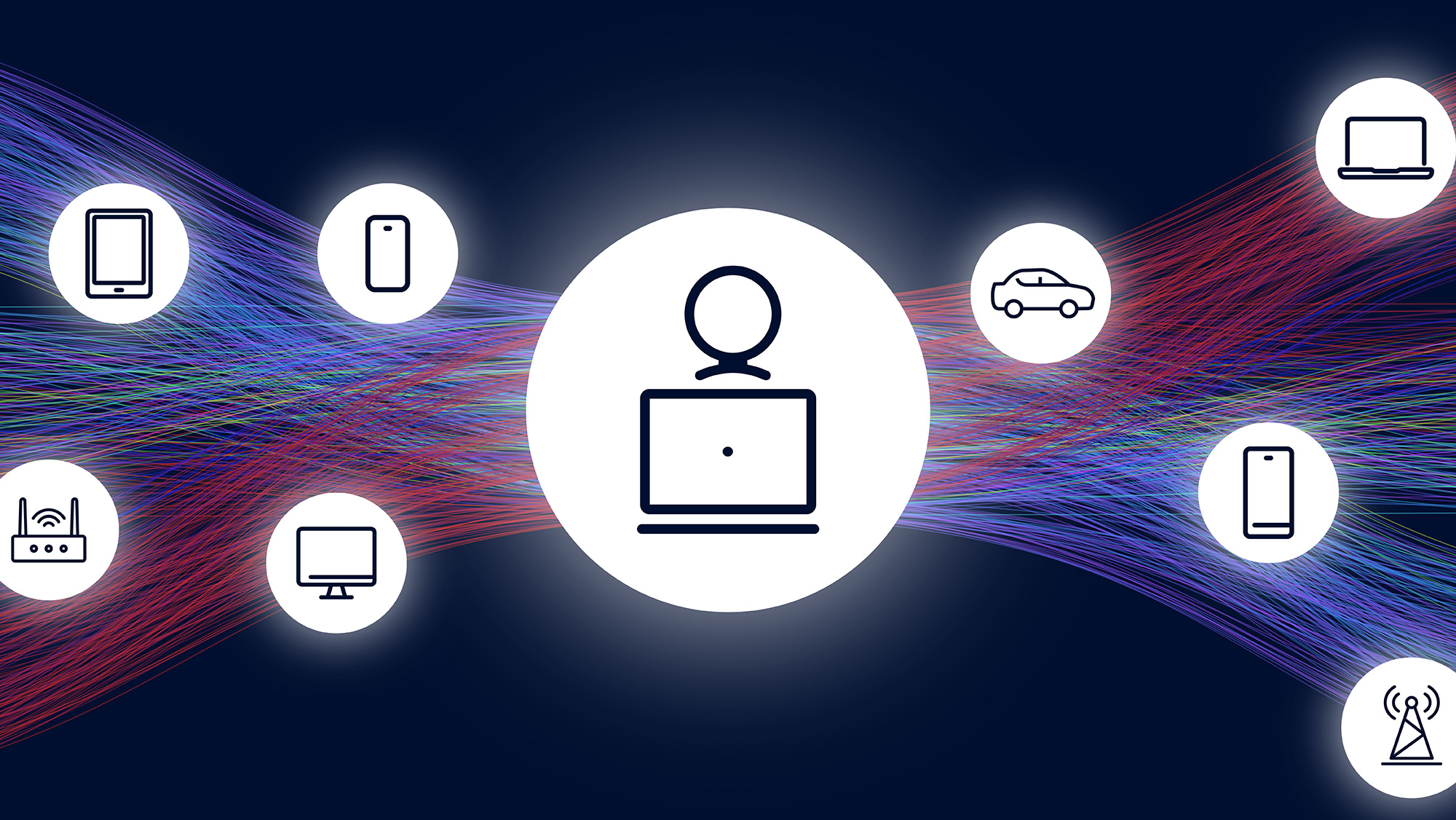
Researchers in the Department of Electrical and Computer Engineering at Texas A&M University have received a two-year, $1.2 million grant from the U.S. Army Research Laboratory (ARL) to explore a new approach to cloud computing in battlefield environments.
Led by Drs. I-Hong Hou, Krishna Narayanan, P.R. Kumar and Dileep Kalathil, the project aims to revolutionize a growing challenge in modern computing: how to deliver the power of artificial intelligence (AI) not just from distant cloud servers, but directly to users and devices operating in constrained, dynamic, or infrastructure-poor environments.
Cloud-based AI tools like ChatGPT are common in civilian life. A user types or speaks into their phone, which sends input across the internet to a massive data center, often located far away. There, the AI model runs on powerful computers, processes the request, and sends back a response.
While this architecture works well for many everyday applications, it reveals serious limitations when connectivity is constrained, latency is critical, or robustness is paramount.
“In remote or time-sensitive scenarios, especially in battlefield applications, that kind of setup can be a real problem,” Hou said. “Even just a few seconds of delay could mean the difference between success and failure or even life and death. Whether it’s a military mission, disaster response, or autonomous system, the need is the same: intelligent decision-making must happen in real-time, close to the data.”
It's similar to how our brains work. Each brain cell, or neuron, does a little bit of thinking and also passes signals along to other neurons.
Rather than relying on one central data center, every device — Wi-Fi access points, routers, cellular towers, even vehicles — will play a role in both moving and processing data. This eliminates a single point of failure, making this method more secure and reliable.
"It's similar to how our brains work," Hou said. "Each brain cell, or neuron, does a little bit of thinking and also passes signals along to other neurons. That’s what we want to build, a distributed system where every part of the network helps with both communication and computation."
Through this project, every network component becomes a tiny computer. These components can handle small bits of processing independently, passing partially processed data to the next device. By the time the data reaches a more powerful computer, like a server in a vehicle or a base station, it’s already mostly processed, making the final computations fast and efficient.
The team’s new system offers speed and resilience. Since processing happens close to the action, the system can deliver results almost instantly. There is also no single weak spot. If one part of the network is damaged or removed, the system can potentially adapt and reroute tasks elsewhere.
"Every device does a little bit, and if one goes down, others pick up the slack," Hou said. "It makes the entire system much harder to break."
One major goal of this project is to design network processing, where data is partially processed step-by-step as it moves through the network. This requires coordinating a wide range of devices to work together intelligently and efficiently.
Another key focus is resilience and safety. Because the network supports safety-critical applications, it must be able to withstand attacks, adapt to changing missions, and continue operating under extreme conditions.
“We’re doing this because we want AI to make smart decisions in real-time,” Hou said.
While the project is designed to support ARL applications — where robust, real-time AI in contested environments is essential — the broader implications are far-reaching. The same principles apply to smart cities, autonomous vehicles, remote sensing, industrial robotics, and environmental monitoring.